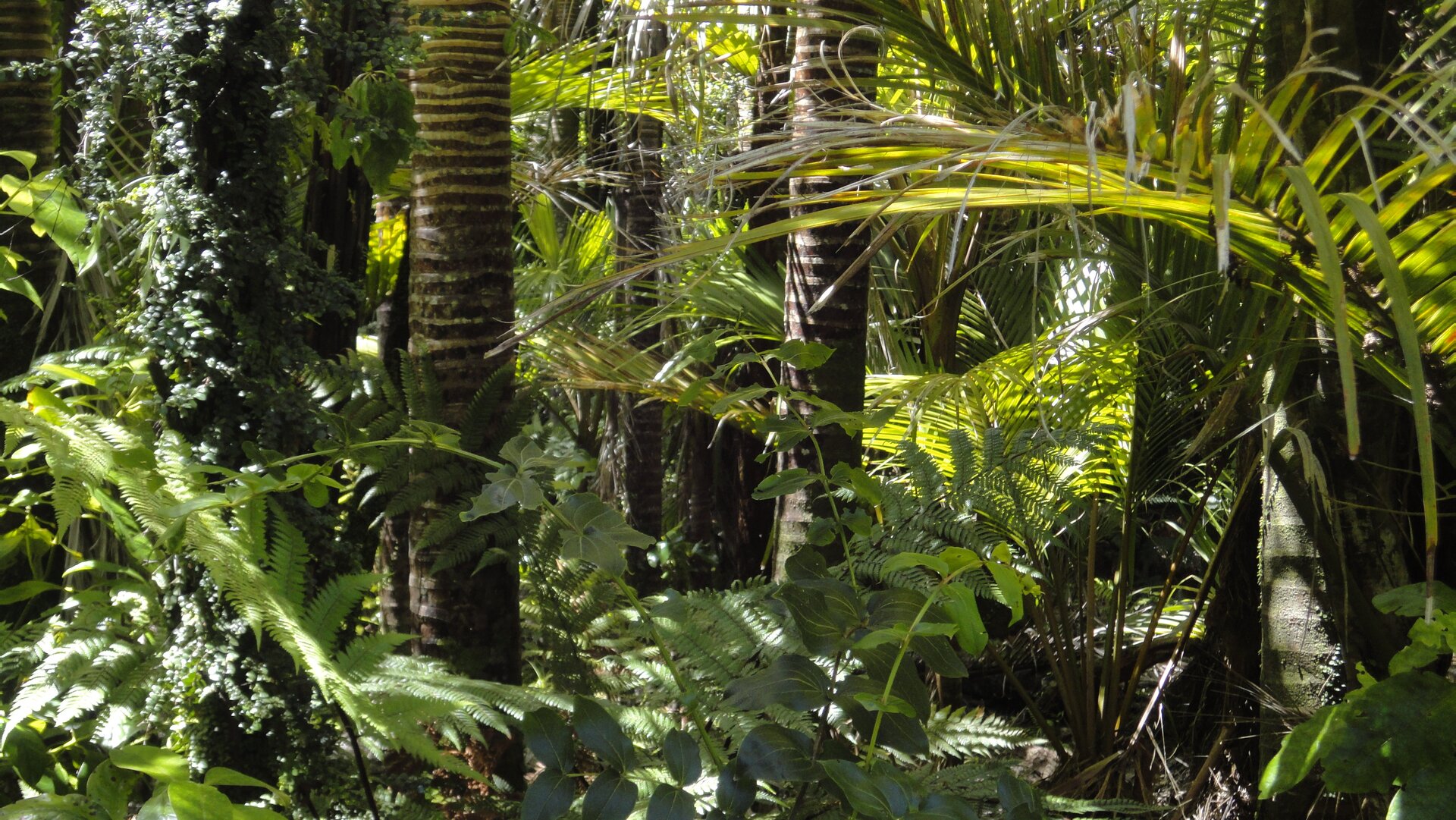

Forests key to climate fight
ESA’s Biomass mission addresses one of the most fundamental components in the Earth system: the status and dynamics of tropical forests. By absorbing and storing large amounts of atmospheric carbon dioxide, forests are one of the planet's first lines of defence against climate change. Knowing the amount of carbon bound up in forest biomass will sharpen our understanding of climate change and its likely effects on the global carbon cycle.
While other satellites can measure how much of Earth’s surface is covered by trees, the Biomass mission takes forest counting to a new level by using a type of instrument that has never before been flown in space: a ‘P-band’ synthetic aperture radar. P-band is the longest radar wavelength available to Earth observation. From over 650 km above, it will be able to ‘see’ through the leafy forest canopy and measure the height of forest. This information that can be used to work out how much biomass – a proxy for carbon – is being stored in forests.





